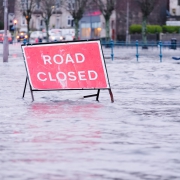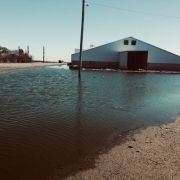4 Basics of Hurricane Preparation
It’s time to get ready for hurricane season, which means it’s time to review your hurricane preparation emergency plan. The Atlantic hurricane season runs from June 1 to November 30, and the Pacific season runs from May 15 to November 30.
Because hurricanes can happen with little warning and cannot be prevented, the best time to prepare is now. A level head and confidence in your response are possible in an emergency. Read on for a few need-to-knows of hurricane preparation.
1. Know Your Area’s Risk for Hurricanes
Hurricanes and their devastation do not only occur along the coast. Wind, rain, landslides, flooding, and even tornadoes can affect inland residences. The best hurricane preparation practices include determining your risk so you can adequately prepare based on your location.
2. Create a Hurricane Preparation Emergency Plan
Make a plan for all members of your household, and be sure to make a plan for your pets, too. A good hurricane preparation plan should consist of:
- Create a paper copy of important family contact information.
- Practice your household evacuation plan. Your plan should include a designated meeting place should an emergency occur.
- Learn evacuation roles and responsibilities.
3. Recognize Emergency Warnings and Alerts
Determine how you will receive emergency alerts, and consider signing up for community alerts and real-time notifications on your mobile device. These will help you modify and adapt your emergency plan in the event of an emergency.
Learn emergency terms and what they mean ahead of time. For example, learn the difference between a flood warning and a flood watch and a hurricane warning and a hurricane watch.
4. Gather Emergency Supplies and Resources
Stock your emergency supply kit with the proper materials, such as water, extra cash, and medications. It’s also a good idea to keep personal, medical, and financial records in your emergency supplies to aid in your hurricane preparation emergency plan.
Construct a plan for recovery and cleanup if a hurricane does hit your home or business.
Know Who to Call for Help
EnviroServe is well-equipped to provide flood response services across the United States. When you need to recover from flooding and other natural disasters, we’re here to help.
Contact us at (800) 488-0910 for 24/7 emergency response.

